
Decimal Fraction - (  Arithmetic Aptitude)
Arithmetic Aptitude)
- Decimal Fractions: Fractions in which denominators are powers of 10 are known asdecimal fractions.
Thus, 1 = 1 tenth = .1; 1 = 1 hundredth = .01; 10 100 99 = 99 hundredths = .99; 7 = 7 thousandths = .007, etc.; 100 1000 - Conversion of a Decimal into Vulgar Fraction: Put 1 in the denominator under the decimal point and annex with it as many zeros as is the number of digits after the decimal point. Now, remove the decimal point and reduce the fraction to its lowest terms.
Thus, 0.25 = 25 = 1 ; 2.008 = 2008 = 251 . 100 4 1000 125 - Annexing Zeros and Removing Decimal Signs: Annexing zeros to the extreme right of a decimal fraction does not change its value. Thus, 0.8 = 0.80 = 0.800, etc. If numerator and denominator of a fraction contain the same number of decimal places, then we remove the decimal sign.
Thus, 1.84 = 184 = 8 . 2.99 299 13 - Operations on Decimal Fractions:
- Addition and Subtraction of Decimal Fractions:The given numbers are so placed under each other that the decimal points lie in one column. The numbers so arranged can now be added or subtracted in the usual way.
- Multiplication of a Decimal Fraction By a Power of 10:Shift the decimal point to the right by as many places as is the power of 10. Thus, 5.9632 x 100 = 596.32; 0.073 x 10000 = 730.
- Multiplication of Decimal Fractions:Multiply the given numbers considering them without decimal point. Now, in the product, the decimal point is marked off to obtain as many places of decimal as is the sum of the number of decimal places in the given numbers. Suppose we have to find the product (.2 x 0.02 x .002). Now, 2 x 2 x 2 = 8. Sum of decimal places = (1 + 2 + 3) = 6.
 .2 x .02 x .002 = .000008
.2 x .02 x .002 = .000008 - Dividing a Decimal Fraction By a Counting Number:Divide the given number without considering the decimal point, by the given counting number. Now, in the quotient, put the decimal point to give as many places of decimal as there are in the dividend. Suppose we have to find the quotient (0.0204 ÷ 17). Now, 204 ÷ 17 = 12. Dividend contains 4 places of decimal. So, 0.0204 ÷ 17 = 0.0012
- Dividing a Decimal Fraction By a Decimal Fraction:Multiply both the dividend and the divisor by a suitable power of 10 to make divisor a whole number. Now, proceed as above.
Thus, 0.00066 = 0.00066 x 100 = 0.066 = .006 0.11 0.11 x 100 11
- Comparison of Fractions: Suppose some fractions are to be arranged in ascending or descending order of magnitude, then convert each one of the given fractions in the decimal form, and arrange them accordingly.
Let us to arrange the fractions 3 , 6 and 7 in descending order. 5 7 9 Now, 3 = 0.6, 6 = 0.857, 7 = 0.777... 5 7 9 Since, 0.857 > 0.777... > 0.6. So, 6 > 7 > 3 . 7 9 5 - Recurring Decimal: If in a decimal fraction, a figure or a set of figures is repeated continuously, then such a number is called arecurring decimal. n a recurring decimal, if a single figure is repeated, then it is expressed by putting a dot on it. If a set of figures is repeated, it is expressed by putting a bar on the set.
Pure Recurring Decimal:A decimal fraction, in which all the figures after the decimal point are repeated, is called a pure recurring decimal. Converting a Pure Recurring Decimal into Vulgar Fraction:Write the repeated figures only once in the numerator and take as many nines in the denominator as is the number of repeating figures.Thus, 1 = 0.333... = 0.3; 22 = 3.142857142857.... = 3.142857. 3 7
Mixed Recurring Decimal:A decimal fraction in which some figures do not repeat and some of them are repeated, is called a mixed recurring decimal. Eg. 0.1733333.. = 0.173. Converting a Mixed Recurring Decimal Into Vulgar Fraction:In the numerator, take the difference between the number formed by all the digits after decimal point (taking repeated digits only once) and that formed by the digits which are not repeated. In the denominator, take the number formed by as many nines as there are repeating digits followed by as many zeros as is the number of non-repeating digits.Thus, 0.5= 5 ; 0.53= 53 ; 0.067= 67 , etc. 9 99 999 Thus, 0.16= 16 - 1 = 15 = 1 ; 0.2273= 2273 - 22 = 2251 . 90 90 6 9900 9900 - Some Basic Formulae:
- (a+b)(a-b) = (a2-b2)
- (a+b)2= (a2+ b2+ 2ab)
- (a-b)2= (a2+ b2- 2ab)
- (a+b+c)2=a2+ b2+c2+ 2(ab+bc+ca)
- (a3+b3) = (a+b)(a2-ab+b2)
- (a3-b3) = (a-b)(a2+ab+b2)
- (a3+b3+c3- 3abc) = (a+b+c)(a2+b2+c2-ab-bc-ac)
- Whena+b+c= 0, thena3+b3+c3= 3abc.
 |


For help Students Orientation
Mcqs Questions
One stop destination for examination, preparation, recruitment, and more. Specially designed online test to solve all your preparation worries. Go wherever you want to and practice whenever you want, using the online test platform.

